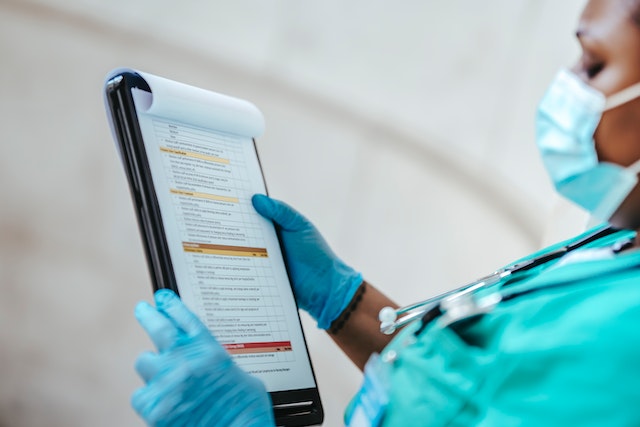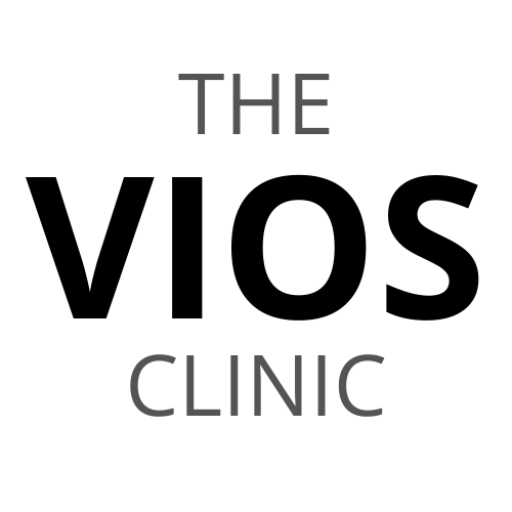
Cholesterol is a waxy substance that is found in the fats (lipids) in your blood. It is essential for the proper function of your cells, but too much cholesterol can be harmful.
There are two types of cholesterol: LDL cholesterol and HDL cholesterol. LDL cholesterol is the “bad” cholesterol that can clog arteries and cause health problems. HDL cholesterol is the “good” cholesterol that helps remove LDL cholesterol from the body.
High cholesterol levels can lead to atherosclerosis, which is the buildup of plaque in your arteries. Plaque narrows your arteries and makes it harder for blood to flow through them. This can lead to heart disease, stroke, and other problems.
High cholesterol is a common condition that can increase your risk of heart disease and stroke. The good news is that there are lifestyle changes you can make to lower your cholesterol. Here are some tips on how to lower cholesterol naturally.
Eat more soluble fiber.
Soluble fiber binds with cholesterol and helps remove it from your body. Good sources of soluble fiber include oats, barley, beans, lentils, and apples. Fiber is essential for maintaining a healthy digestive system, but it can also help lower your cholesterol levels.
Soluble fiber binds with cholesterol in your digestive system and helps remove it from your body before it has a chance to enter your bloodstream. insoluble fiber also helps remove cholesterol from your body by promoting regularity and preventing constipation. Good sources of fiber include fruits, vegetables, whole grains, and beans.
Eat foods rich in omega-3 fatty acids.
One of the most effective ways to lower your cholesterol is to change the way you eat. Eating saturated fats can raise your LDL (“bad”) cholesterol.
So, you should avoid saturated fats as much as possible and replace them with unsaturated fats. Good sources of unsaturated fats include olive oil, nuts, and avocados. Also, be sure to include plenty of high-fiber foods in your diets such as whole grains, fruits, and vegetables. Fiber can help reduce your LDL cholesterol by binding to it and taking it out of your body.
Omega-3 fatty acids help reduce cholesterol levels by keeping your arteries clear. Good sources of omega-3 fatty acids include salmon, mackerel, tuna, and flaxseeds.
Get active.
Exercise helps boost your HDL (good) cholesterol levels and can also help reduce plaque buildup in your arteries. Exercise is another great way to lower your cholesterol naturally. It can help raise your HDL (“good”) cholesterol and also help you lose weight, which can also help reduce your LDL cholesterol.
Regular exercise is one of the most effective ways to lower your cholesterol levels naturally. When you exercise, your heart muscle gets stronger and pumps more efficiently, which lowers your LDL (bad) cholesterol levels and increases your HDL (good) cholesterol levels.
Just 30 minutes of moderate exercise most days of the week can make a big difference in your cholesterol levels. Aim for at least 30 minutes of moderate exercise most days of the week. Moderate exercise includes activities such as brisk walking, swimming, or biking. Strength training is also a good option.
Lose weight if you need to.
Being overweight increases your risk for high cholesterol and other health problems.
Regular physical activity can help you lose weight and keep it off. It can also lower your risk of heart disease, stroke, type 2 diabetes, and some types of cancer. And it can improve your mental health and mood.
So what counts as moderate-intensity exercise? Anything that gets your heart rate up and makes you breathe a little harder counts. For most people, that means walking at a moderate pace (3 to 4 miles per hour). You should be able to talk, but not sing, during moderate-intensity activity.
If 30 minutes seems like too much to start with, begin with shorter episodes of activity and work up to longer ones. And remember that even small amounts of physical activity are better than none at all.
Quit smoking.
Smoking damages your arteries and makes it more likely for cholesterol to build up in them. If you smoke cigarettes, quitting is one of the best things you can do for your cholesterol—and your overall health.
Smoking damages the lining of your arteries, which can increase your LDL cholesterol and make it more difficult for HDL cholesterol to do its job. Quitting smoking can be difficult, but there are many resources available to help you quit for good.
Following these tips can help you lower your cholesterol naturally and improve your overall health. Make sure you discuss these options with your primary care doctor before you start.
Recommendations
Making lifestyle changes such as dietary changes, exercising more, and quitting smoking can help lower your cholesterol naturally. These changes can also improve your overall health. If you need help making these changes, talk to your doctor or a registered dietitian nutritionist (RDN).
High cholesterol can lead to some very serious health problems, but fortunately, there are things you can do to lower your cholesterol levels naturally. If you’re looking for help lowering your cholesterol, book an appointment with Dr. Martin Perlin, MD. He will work with you to create a personalized care plan that meets your specific needs. Thanks for reading!
Dr. Martin Perlin, MD is a Board-Certified Internal Medicine specialist practicing telemedicine. He can provide an expert medical opinion on chronic conditions related to hormone imbalances, blood diseases & gastroenterology.
BLOG AUTHOR
Dr. Ismail Sayeed
Dr. Sayeed is the Medical Director of ViOS, Inc. He is a deeply committed physician entrepreneur & medical blog writer. While building the global infrastructure of the VIOS Clinic, he is dedicated to educate people on the potential of specialist telemedicine for managing chronic diseases.
Read more about him in his author bio
